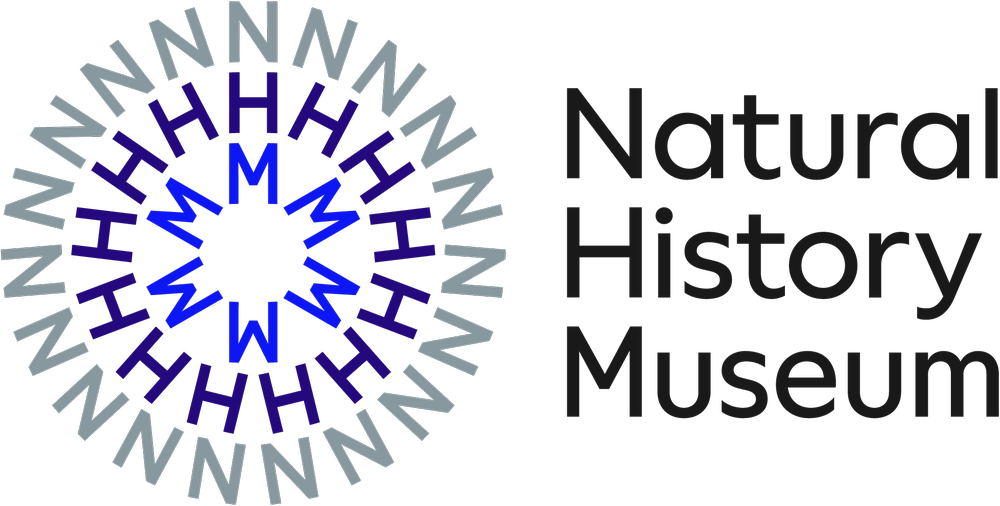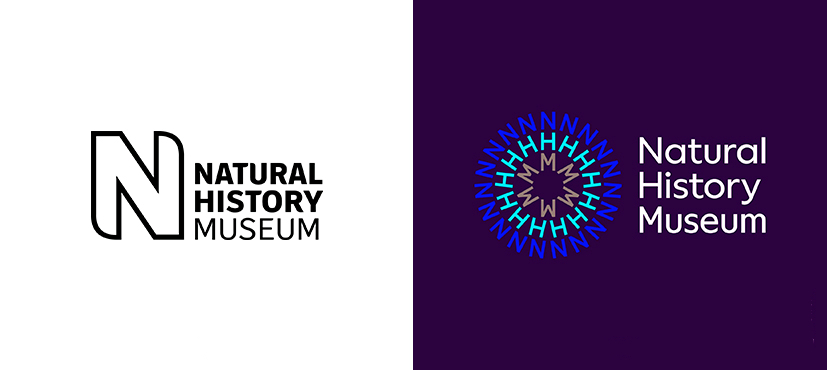Officially established in 1881, the Natural History Museum in London is one of the world’s oldest institutions dedicated to the natural sciences. Its collection includes over 70 million exhibits on botany, zoology, mineralogy, and paleontology. As it gets closer to its 150th anniversary, NHM is undergoing some renovations. Highly appreciated by the British people, this place has been the most visited indoor site in the United Kingdom over the past few years.

Enjoying its popularity among the scientific community and ordinary people, the museum has undertaken a visual rebrand to confirm its position of a leading scientific voice in discussions on climate change and the future of our planet. Based on a brand strategy that was developed in collaboration with Pentagram Design and Nomad Studio, NHM adopted a round emblem referring to the globe and the inextricable connection between all living beings.

The logo evokes a wavy movement, reflecting the collective energy exerted by the employees of the institution. The emblem’s unique typographical concept is that the rings of words are used across the whole brand identity in static or animated visuals.
The branding uses a modern typeface distinguished by curved letterforms, and this creates the image of a respectful brand that is decisively oriented toward its own audience. The wavy design takes on even more expressive form when represented in videos. In addition, this sensitive experience can expand to visitors’ smartphones through the technology of augmented reality. The new visual identity includes a wide color palette reflecting the multitude of emotions aroused by the biologic world. Here, bright shades are neighboring neutral hues.

The museum’s PR managers use special software to facilitate the implementation of this complicated system, creating new typographic rings with various size and color options. The new image of the London Natural History Museum is available on different carriers, including billboards, public exhibitions, digital materials, and merchandise. It’s rather sufficient to invite curious people to discover the amazing world of organic life.







